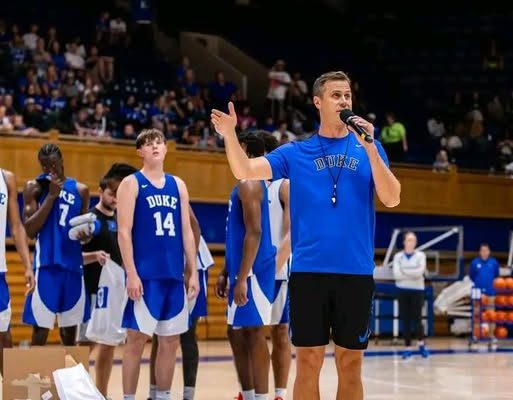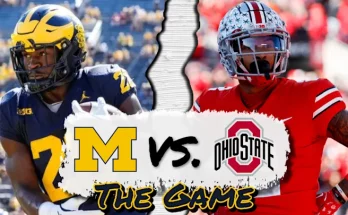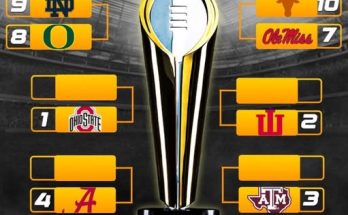There are moments in college basketball history when a decision, a tactic, or a leader’s sudden shift in philosophy echoes far beyond the gym. For the Duke Blue Devils, that moment arrived this summer when head coach Jon Scheyer, only a few seasons removed from taking the reins of one of college basketball’s most storied programs, delivered what insiders are now referring to as a “shock therapy” transformation. It wasn’t a quiet evolution or a gradual adaptation. It was an overhaul — unapologetic, intense, and purposefully disruptive. In the span of mere weeks, Scheyer’s approach to summer practice flipped the entire Duke culture on its head, leaving even the most seasoned players stunned and fans at a loss for words.
The announcement came without fanfare but was impossible to ignore. Instead of the typical summer open gym runs, light conditioning work, and voluntary workouts that traditionally define the offseason for elite college programs, Scheyer implemented an agenda more akin to a military boot camp than a college basketball training program. Gone were the familiar rhythms and routines. In their place were early 4:45 a.m. wake-ups, blackout practices with no media, mandatory mental toughness seminars, two-a-day workouts, and tactical isolation drills designed to simulate high-stakes game pressure. Each session ended with a silence rule — no phones, no music, no distractions — aimed at sharpening focus and self-reflection. The message was unmistakable: complacency would no longer be tolerated at Duke.
To understand the seismic nature of this overhaul, one must first understand what Scheyer inherited. Following the retirement of Mike Krzyzewski, arguably the most iconic coach in college basketball history, Scheyer was thrust into a position with immense pressure and expectation. His first seasons showed promise — deep runs, flashes of brilliance, and recruiting success — but whispers about Duke’s identity began to surface. Critics noted a lack of defensive edge, a perceived softness in big games, and a reliance on talent over grit. Scheyer, ever cerebral and strategic, took these critiques to heart. But no one expected his answer to come in the form of radical, unrelenting summer sessions designed to strip the program down to its core and rebuild it with steel.
The reactions from within the locker room were immediate and intense. Sophomores who had grown accustomed to the traditional rhythms were blindsided. Veterans who thought they had seen every training routine in college basketball were speechless. Newcomers, including top-ranked recruits and transfers, found themselves in the deep end of a system that demanded physical, emotional, and mental stamina beyond anything they’d prepared for. And yet, beneath the shock, something began to emerge — a raw unity, a sense of shared hardship that bonded the players not just as teammates, but as warriors in a crucible. Practices that once served to hone basketball skills now served to test resilience, character, and resolve.
One of the most symbolic changes Scheyer instituted involved a system called “The Mirror.” At the end of every week, players were required to watch unreleased footage of themselves in practice — not just highlight clips or technical breakdowns, but moments of weakness, hesitation, or emotional disengagement. Players then had to sit in front of their peers and explain what they saw, what it meant, and how they planned to address it. For many, it was brutally honest and emotionally jarring. It wasn’t about shame; it was about accountability. No more hiding behind statistics or star rankings. Every man had to confront his flaws publicly and embrace the discomfort that came with improvement.
And that was just the beginning. Scheyer hired a former Navy SEAL as a leadership consultant to run workshops on mental endurance, teamwork under duress, and fear management. Conditioning drills were redesigned around worst-case scenarios — blown leads, last-minute defensive stops, hostile road game simulations — with players forced to adapt, overcome, and persevere under chaos. Even nutrition was overhauled, with every player receiving individualized metabolic testing and strict meal plans enforced by biometric tracking. Nothing was left to chance. Every element of Duke basketball — from what players ate to how they responded under exhaustion — was scrutinized, optimized, and rebuilt from the ground up.



